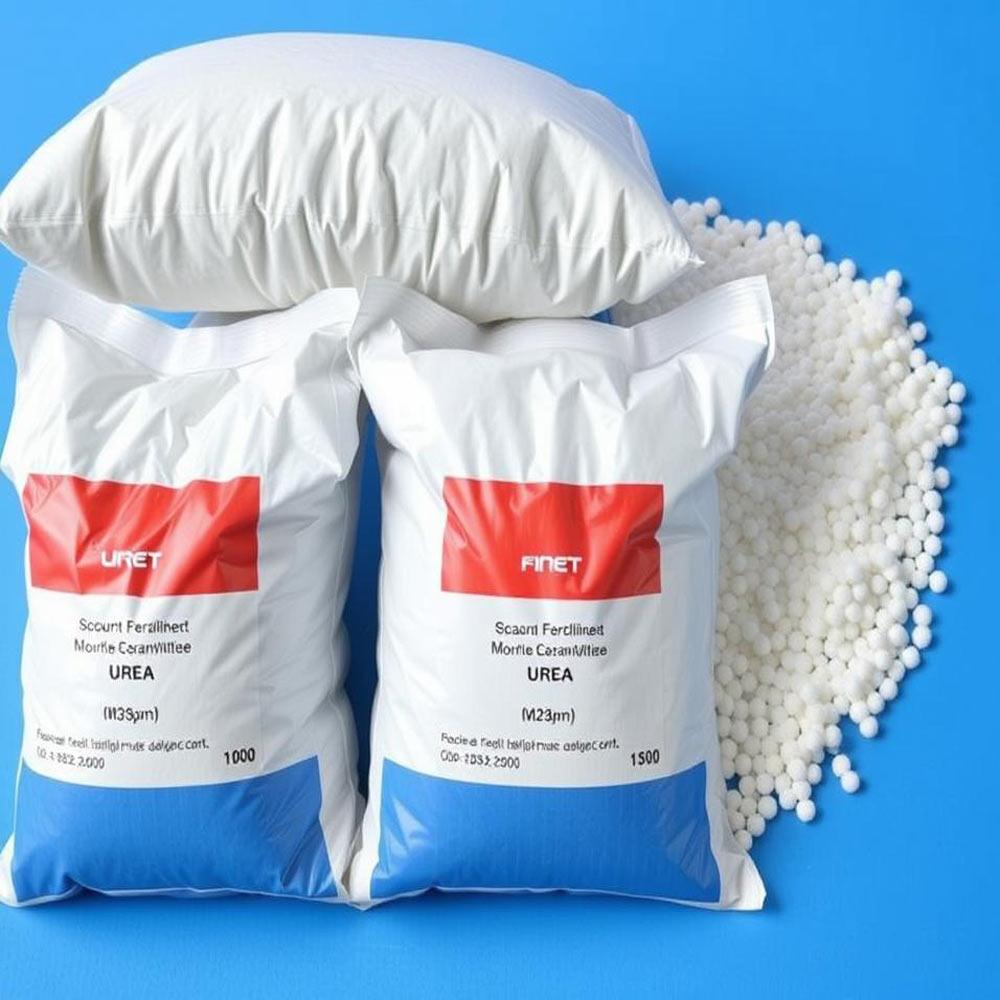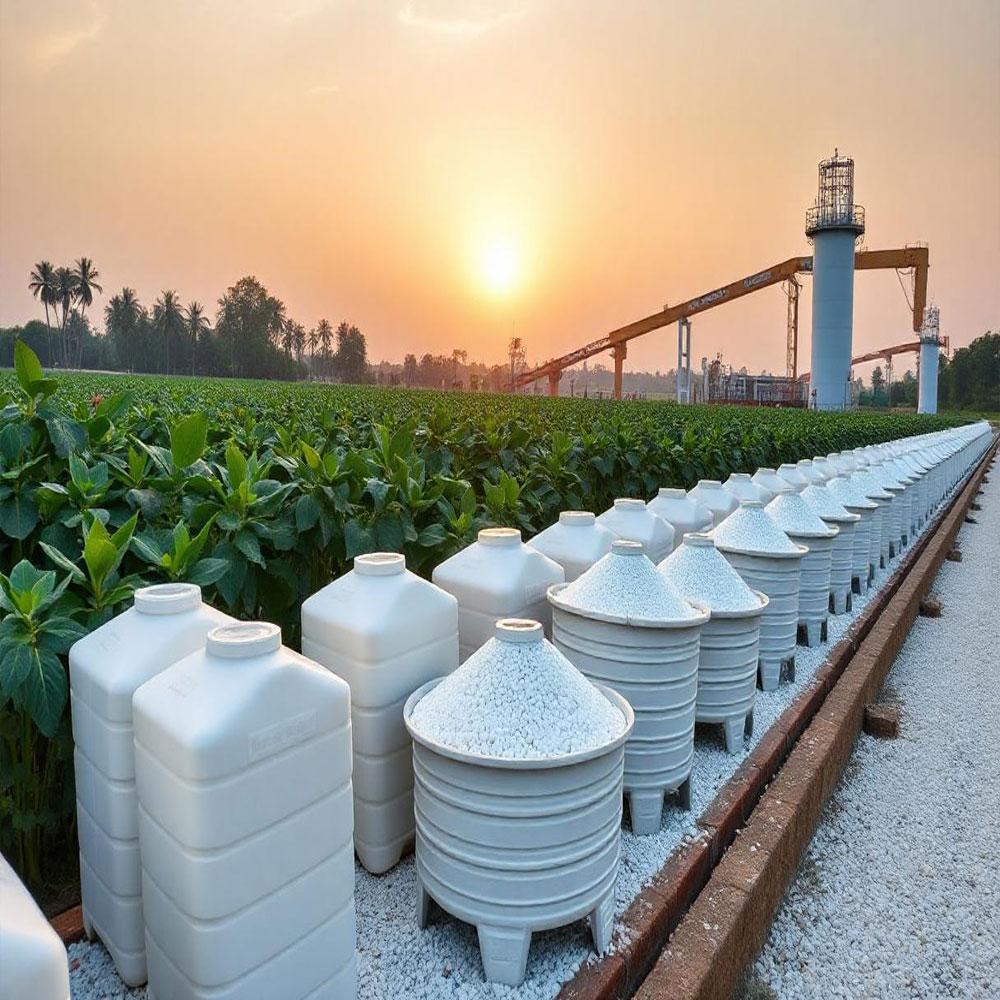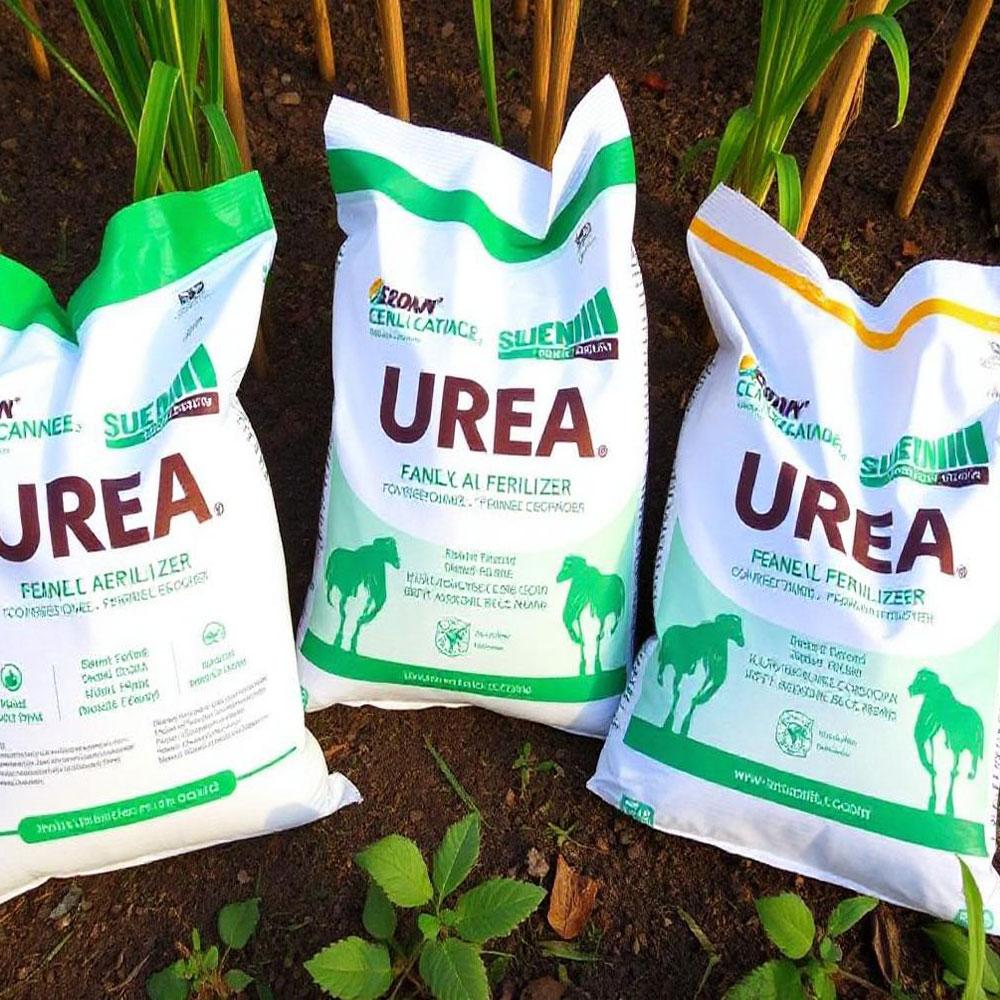The Global Urea Industry and Iran's Role, essential for agriculture, is dominated by producers like China, India, and Ru...
Urea The Essential Compound Powering Agriculture, Industry, and Beyond
Urea is a versatile compound for agriculture
Urea, also known as urea, is a chemical compound with the formula CH4N2O. It is a diamide of carbonic acid and is primarily known for its widespread use in fertilizers, animal feed, and the production of plastics and pharmaceuticals. This colorless, crystalline substance melts at 132.7 °C (271 °F) and decomposes before reaching its boiling point.
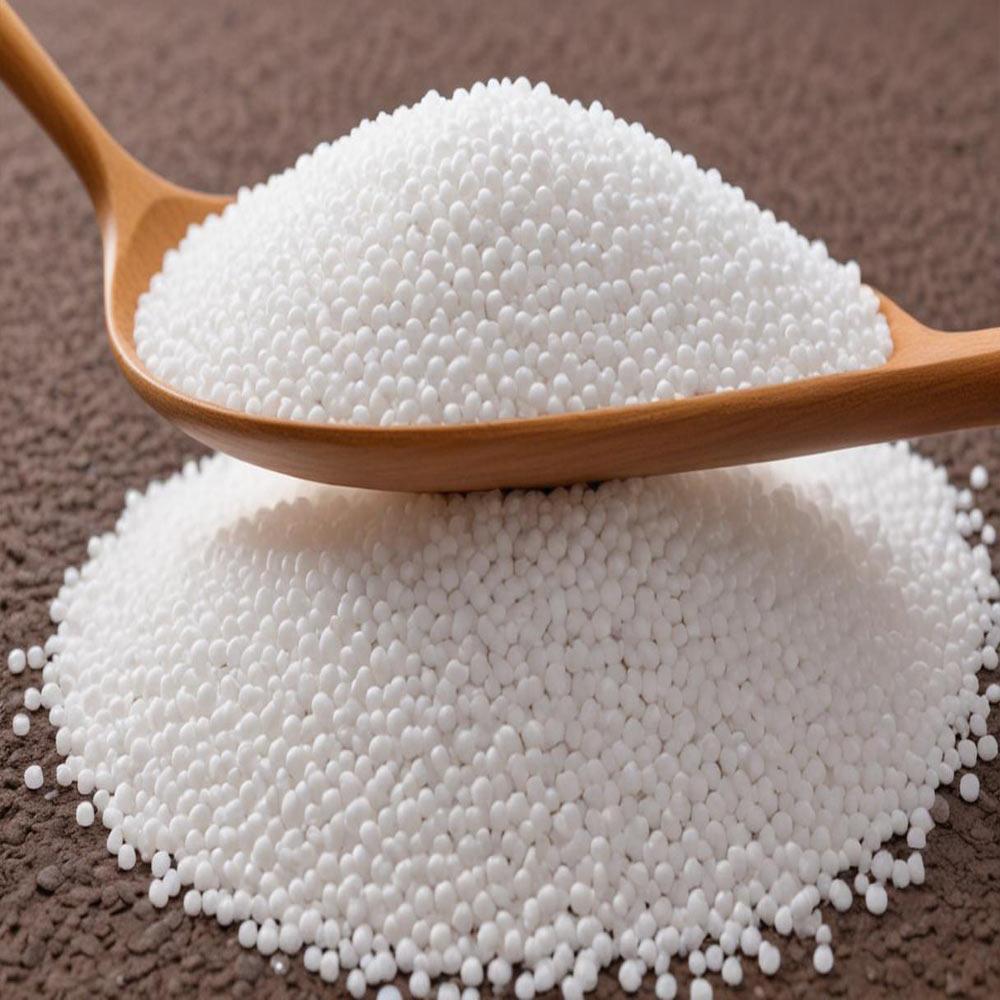
The Production of Urea
Urea is commercially produced through a multi-step process that begins with the direct reaction of ammonia and carbon dioxide in a high-pressure, high-temperature reactor. This process is critical as it serves as the starting point for the synthesis of numerous other chemical compounds.
Urea as a Fertilizer
One of the most significant applications of urea is in agriculture, where it is widely used as a nitrogen-rich fertilizer. Urea is highly concentrated with nitrogen and is easily converted into ammonia in the soil, making it one of the most efficient nitrogen fertilizers available. Due to its cost-effectiveness, urea is usually added to mixed fertilizers. Or it is sprayed directly on agricultural soil or plant branches and leaves. Combined with formaldehyde, it forms methylene urea fertilizers that release nitrogen slowly and continuously and are only needed once a year. The use of urea in the production of urea-formaldehyde resin is also of considerable importance and ranks second after the role of fertilizer.
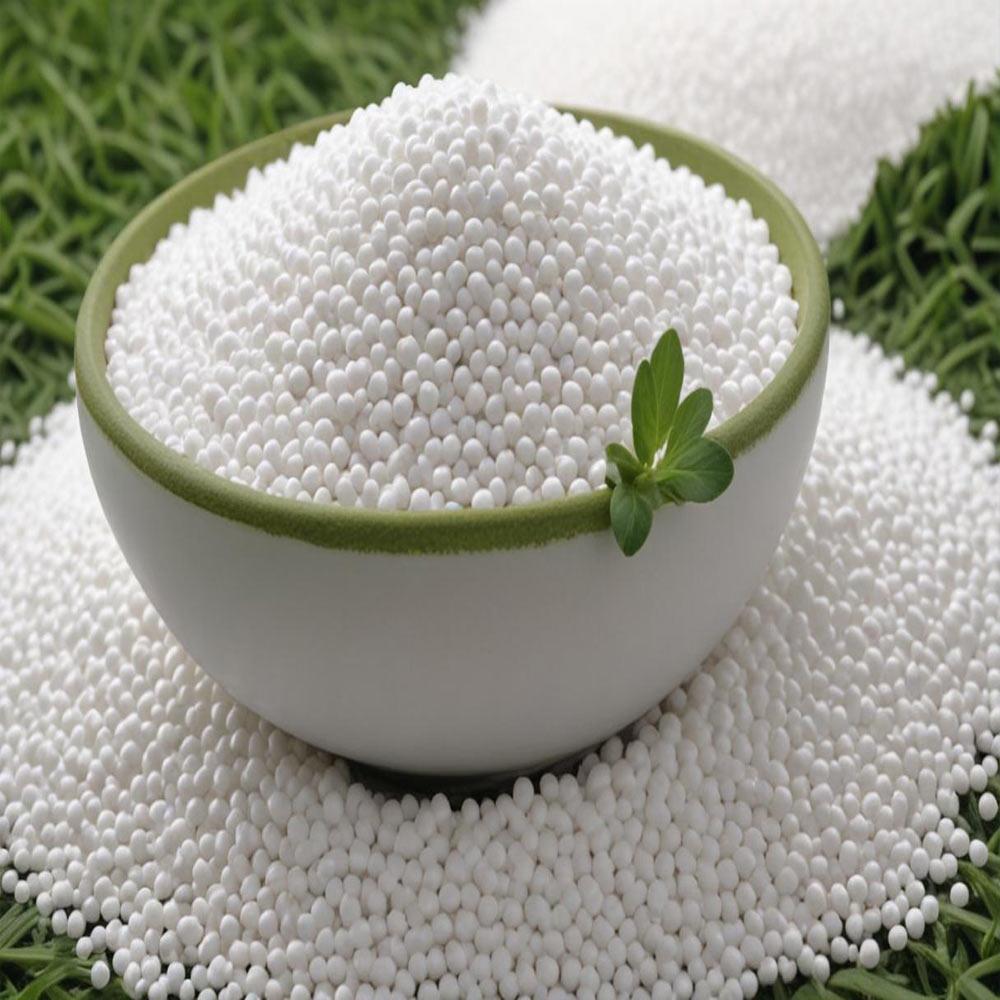
Urea in animal feed
Although the nitrogen in urea is non-protein, it can be used by ruminant animals such as cattle and sheep to synthesize the necessary protein. This makes urea an essential supplement in animal feed, contributing significantly to the protein intake of these animals. Large quantities of urea are also used in the synthesis of barbiturates, a class of drugs used as sedatives and sleeping aids.
Industrial Applications of Urea
In industrial settings, urea is used extensively to manufacture fertilizers, pharmaceuticals, and resins. For example, it is a precursor in the production of various barbiturates and is utilized in the formation of polyurethane foams. Another important application is in the production of resins and polymers. Urea can react with formaldehyde to produce urea-formaldehyde resins, which are vital in the production of molded plastics. A related product, melamine, is formed by dehydrating urea and is primarily used in the production of melamine-formaldehyde resins, which are harder and more stain-resistant than urea-formaldehyde resins. Types of resins are used in a wide range of products, including adhesives, laminates, molding compounds, coatings, and textile finishes.
Other Commercial Uses of Urea
Urea has a variety of other commercial uses
- As a feed component, providing an inexpensive source of nitrogen for animal growth.
- As a non-corrosive alternative to rock salt for de-icing roads and rejuvenating asphalt.
- As a flavor-enhancing additive in cigarettes.
- As an active ingredient in hair removal products like Nair or Veet. In various skin and hair care products, including conditioners, facial cleansers, bath oils, skin softeners, and lotions.
- As a reactant in some instant cold packs due to the endothermic reaction it undergoes when mixed with water.
- As a flame retardant, often used in dry chemical firefighting operations.
- As an ingredient in many tooth whitening products.
- As a component in laundry soaps and detergents. In combination with ammonium phosphate, as a nutrient for yeast in the fermentation of sugars to ethanol.
- As a nutrient used in ocean fertilization experiments for geoengineering purposes.
- As a humectant and strength enhancer in dye baths for textile dyeing or printing.
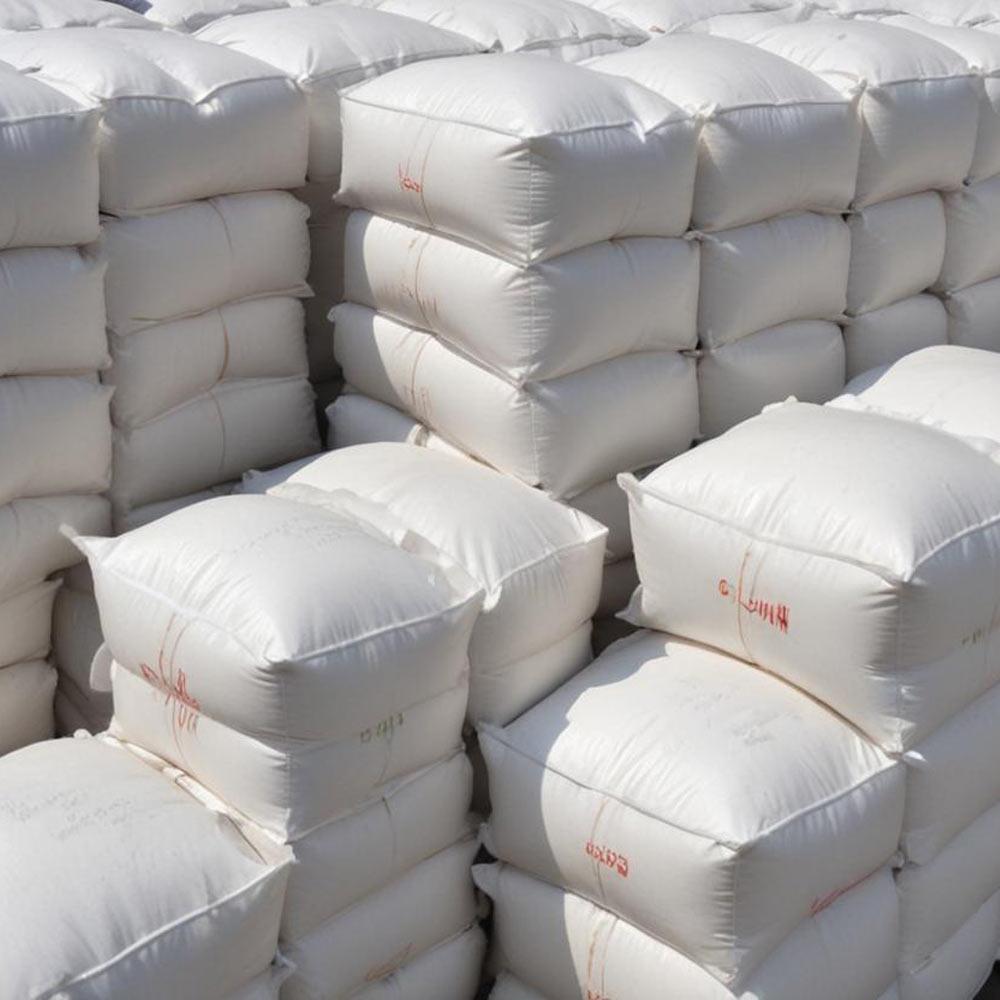
Medical Applications
Urea is used in topical skin products to enhance hydration. It is also used to remove ear wax. Additionally, like salt, urea can be used in injections to induce abortion. It is also the primary therapeutic substance in a treatment known as urea therapy.
Urea as an Antifreeze
Urea serves as a safe, non-corrosive alternative to traditional antifreeze chemicals. It is commonly applied to airport runways, sidewalks, and other critical areas that require protection from corrosion. Many airports in regions where highly corrosive salts cannot be used for de-icing opt for urea as a preferred alternative.
Urea is a problem
Urea fertilizer is available in granulated or granulated form. Today, a significant amount of urea is produced in granular form. Granules are larger, harder and more resistant to moisture, so they are more suitable for mixed fertilizers.
Chemical reactions of urea
After applying urea to the soil, urea undergoes chemical changes, which leads to the formation of ammonium ions (NH4+). The soil moisture level determines the speed of this conversion. When a urea particle dissolves, the surrounding area becomes an area of high pH and concentrated ammonia. This zone can be toxic for a few hours, as the free ammonia may kill seeds and seedlings in the area. Fortunately, as ammonia converts to ammonium, this toxic zone neutralizes in most soils. Typically, it takes only a few days before plants can effectively use the nitrogen.
